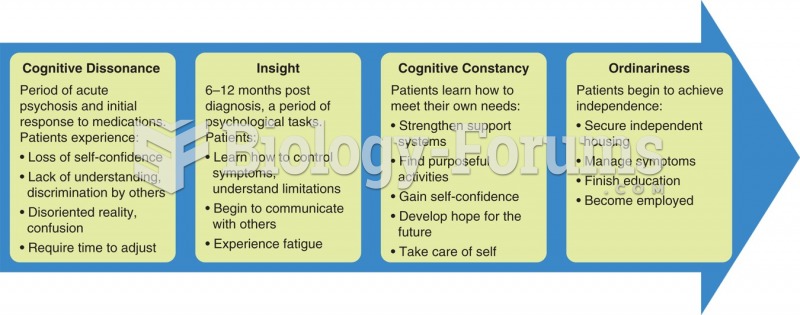|
|
|
It is difficult to obtain enough calcium without consuming milk or other dairy foods.
Alzheimer's disease affects only about 10% of people older than 65 years of age. Most forms of decreased mental function and dementia are caused by disuse (letting the mind get lazy).
In 1844, Charles Goodyear obtained the first patent for a rubber condom.
Though “Krazy Glue” or “Super Glue” has the ability to seal small wounds, it is not recommended for this purpose since it contains many substances that should not enter the body through the skin, and may be harmful.
Certain chemicals, after ingestion, can be converted by the body into cyanide. Most of these chemicals have been removed from the market, but some old nail polish remover, solvents, and plastics manufacturing solutions can contain these substances.
 Angioplasty. One form is called balloon angioplasty, shown here. A balloon catheter is threaded into
Angioplasty. One form is called balloon angioplasty, shown here. A balloon catheter is threaded into
 Joseph Moore and His Family (1839), by Erastus Salisbury Field, reflects the emerging middle-class f
Joseph Moore and His Family (1839), by Erastus Salisbury Field, reflects the emerging middle-class f
 A child in an orphanage in Juba, Sudan. The treatment of this child is likely to affect his ability ...
A child in an orphanage in Juba, Sudan. The treatment of this child is likely to affect his ability ...
 This military command post is in South Korea, with both U.S. and South Korean personnel. South Korea ...
This military command post is in South Korea, with both U.S. and South Korean personnel. South Korea ...



